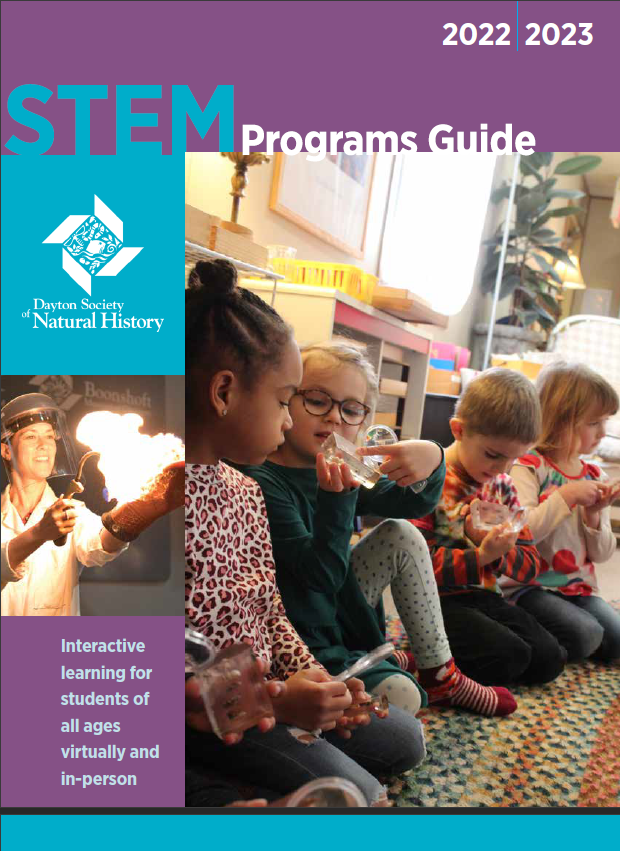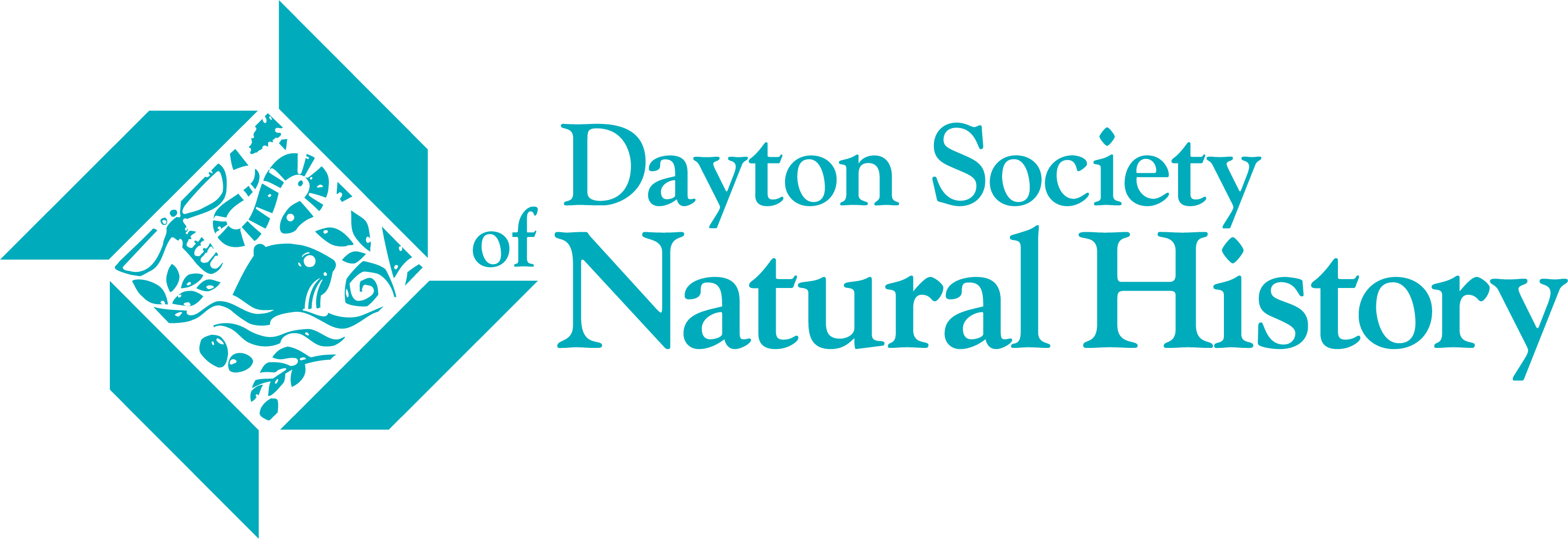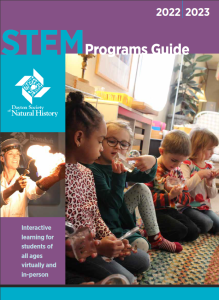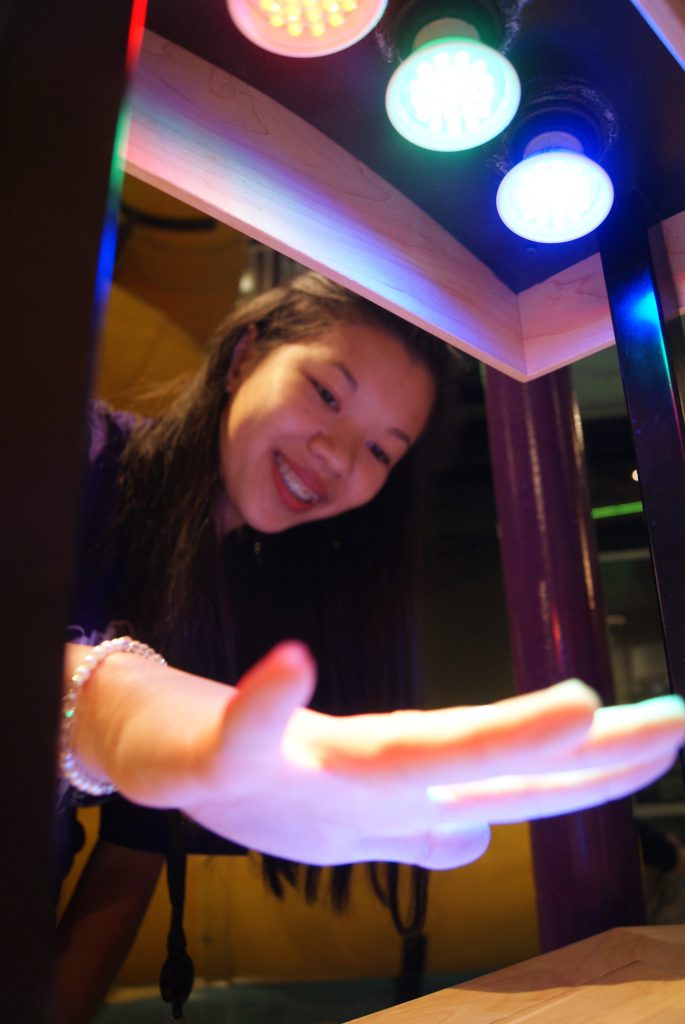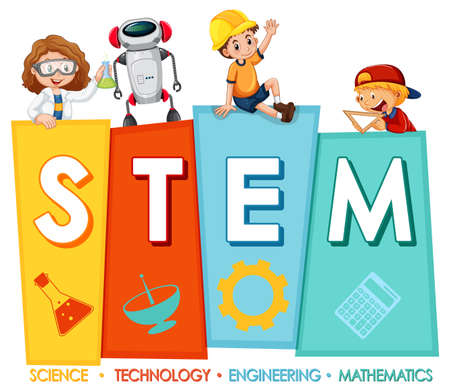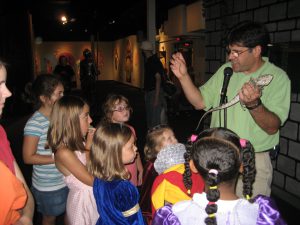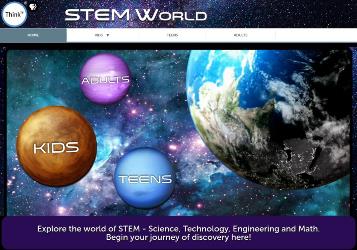Programs for middle school grades encourage students to make connections between academic learning, personal experiences and society. In addition to meeting Ohio Academic Content Standards, these programs encourage problem-solving, critical thinking, and taking action beyond the initial learning experience.
Life Science
Dissection Lab (formerly Amazing Body)
The human body is an incredible and complex machine. Using mathematic modeling and dissection tools, students will compare elements of human anatomy to other mammals and discover how similar we are.
Standards: 5.LS.2, 6.LS.4, B.DI.1, AP.LO.4, AP.LC.2
Genetics (formerly Genetics & Heredity)
Thomas Hunt Morgan won the Nobel Prize for his discoveries that help us better understand heredity. In this program students will develop new crosses to show linkage, discover sex-linked traits and mutations as they experience working as geneticists. Please schedule at least one month in advance to ensure adequate specimens.
Standards: 6.LS.1, 6.LS.2, 6.LS.3, 6.LS.4, 8.LS.1, 8.LS.2, 8.LS.3, B.H.1, B.H.2, B.H.3, B.H.4, B.H.5, B.E.1, B.E.2, B.DI.1, B.C.1, B.C.2
Historic Native Cultures of North America
Native peoples living in different parts of North America developed many different ways of living. A Museum anthropologist will display material goods of these native peoples to compare the everyday lives of Inuit, people of the Northwest Coast, Southwest Coast, Eastern Coast, Plains, and Eastern Woodlands around the year 1890.
Standards: GR4.SS.Geog.9 Gr5.SS.Geog. 4, 6, 8 Gr6.SS.Geog.5
Meet the Animals
Get up-close and personal with live animals! Observe, explore, and compare the characteristics and behaviors of these animals and learn more about their natural environments. This educational experience finishes with a trip to the Discovery Zoo.
Standards: K.LS.1, K.LS.2, K.PS.1, 1.LS.1, 1.LS.2, 2.LS.1, 2.LS.2, 3.LS.1, 3.LS.2, 3.LS.3, 4.LS.1, 5.LS.1, 5.LS.2, 7.LS.1, 7.LS.2
Pond/River Study
Students become field biologists and ecologists as they examine macro invertebrates and water samples from the Stillwater River. Discover the chain reaction between pollution and the Stillwater's chemical composition to learn how it affects the river's living organisms. Field study takes place rain or shine; dress for the weather. In case of dangerous weather the program will be rescheduled. (Seasonal)
Pond - Standards: K.LS.1, K.LS.2, K.PS.1, 1.LS.1, 1.LS.2, 2.LS.1, 3.LS.1, 3.LS.2, 3.LS.3, 4.LS.1, 5.LS.1, 5.LS.2, 7.LS.1, 7.LS.2, ENV.ER.3, ENV.ER.4, ENV.ER.5
River - Standards: K.LS.1, K.LS.2, K.PS.1, 1.LS.1, 1.LS.2, 2.LS.1, 3.LS.1, 3.LS.2, 3.LS.3, 4.LS.1, 5.LS.1, 5.LS.2, 7.LS.1, 7.LS.2, ENV.ER.3, ENV.ER.4, ENV.ER.5, PG.ER.1, PG.ER.2, PG.ER.3
Paleontologist: Finding Fossil Evidence
How do scientists know about things that lived so long ago? This program introduces geologic time and the methods paleontologists use to determine the age of fossils.
Standards: 1.LS.2, 2.LS.1, 2.LS.2, 3.ESS.1, 4.LS.2, 8.ESS.4, 8.LS.1, 8.LS.2
Webs of Life
Explore the basic needs of organisms and their role in the environment. Students learn how animals interact with one another and trace the connections to form food webs. Predator-prey relationships are demonstrated with an owl pellet dissection in this experience.
Standards: K.PS.1, 1.LS.1, 3.LS.3, 4.LS.1, 5.LS.1, 5.LS.2, 7.LS.1, 7.LS.2
Earth & Space Science
Cosmic Colors | Grades 5-6 Only (planetarium)
Following a brief visit to the night sky, students journey through the Solar System learning basic characteristics of each planet.
Standards: 5.PS.2
Earth's Changing Surface
How does the Earth's surface change? Take a closer look at how weathering, erosion and natural disasters continuously shape our planet. This program will feature the exhibit, Science On a Sphere®.
Standards: 4.LS.2, 6.ESS.3, , 8.ESS.1, 8.ESS.2, 8.ESS.3, 8.ESS.4, PW.EW.3, PS.EW.4, ENV.ES.3, ENV.ES.5, ENV.ER.4, PG.IMS.1, PG.GG.1, P.W.1, P.EM.5
Follow the Drinking Gourd (planetarium)
Explore the history of the Underground Railroad and discover how a seemingly simple folk song held hidden directions that helped escaping slaves use certain stars to guide themselves north to freedom. This program may include how latitude determines which stars are visible.
Standards: 5.ESS.3, 7.ESS.5
Great Planetary Adventure | Grade 4 only (planetarium)
Following a brief visit to the night sky, students journey through the Solar System learning basic characteristics of each planet.
Standards: 5.ESS.1, 5.ESS.2, 5.ESS.3
Mineral Detectives
Become a mineral specialist by identifying characteristics like shine and hardness. Students will discover the many uses and purposes of the Earth's geological wonders while getting to touch real mineral specimens.
Standards: K.CC.3, 3.ESS.1, 6.ESS.1, 6.ESS.2, 6.ESS.3, 6.ESS.5
Secret Lives of Stars | Grades 5-6 Only (planetarium)
Every star has a unique tale told over millions of years, and as scientists peer deeply into the night they learn of those stars' untold secrets. Examples are given of specific stars and how they have and will change over time in the life cycle of stars. This show is followed by a brief tour of the current night's sky.
Standards: HS.PS.U.3
Starry Sky (planetarium)
Tales of constellation and star myths are told to familiarize students with the evening sky. The stars and planets visible in the current night sky are featured along with topics such as the Milky Way meteors.
Standards: 5.ESS.2, 5.ESS.3
The Solar System: A Tour of the Planets (planetarium)
Students gain an appreciation of the Earth by learning about the beautiful, but hostile environments of other planets in our Solar System. The Sun, each of the eight planets, and Pluto are visited following a brief tour of the current night sky.
Standards: 5.ESS.1, 5.ESS.2, 5.ESS.3, 7.ESS.5
Physical Science
Energy
Get your students energized about physical science with this interactive ninety minute workshop. Content includes kinetic and potential energy, light and sound energy, and energy transformation. Cooperative learning strategies compared with exciting demonstrations makes this experience one you don't want to miss.
Standards: 1.ESS.1, 3.ESS.2, 3.PS.3, 4.PS.2, 5.PS.2, 6.PS.2, 6.PS.3
Matter
Matter is everywhere and makes up everything. Fun experiments and demonstrations captivate students as they explore the different states of matter and experience transformations right before their eyes.
Standards: K.PS.1, 1.PS.1, 3.PS.1, 3.PS.2, 4.PS.1, 4.PS.2, 6.PS.1, 6.PS.2
Motion
Hands-on experiments will bring the concepts of force and motion to life. Students will use different forces to move objects in a variety of ways. Students will also investigate how forces such as friction and gravity change the motion of objects.
Standards: 1.PS.1, 1.PS.2, 2.PS.1, 3.PS.3, 5.PS.1, 6.PS.3, 6.PS.4
Technology & Math
Bubbleology
Bubble fun goes beyond the bubble wand. Students learn the scientific method as they apply geometry and chemistry to explore the fantastic science of bubbles.
